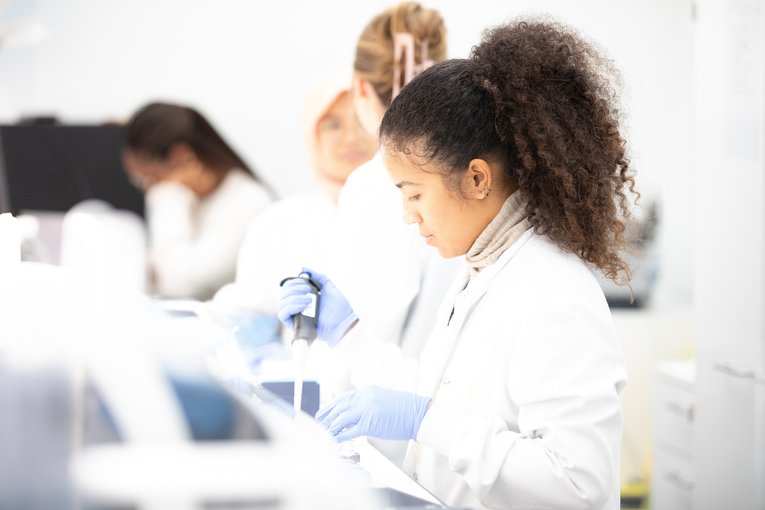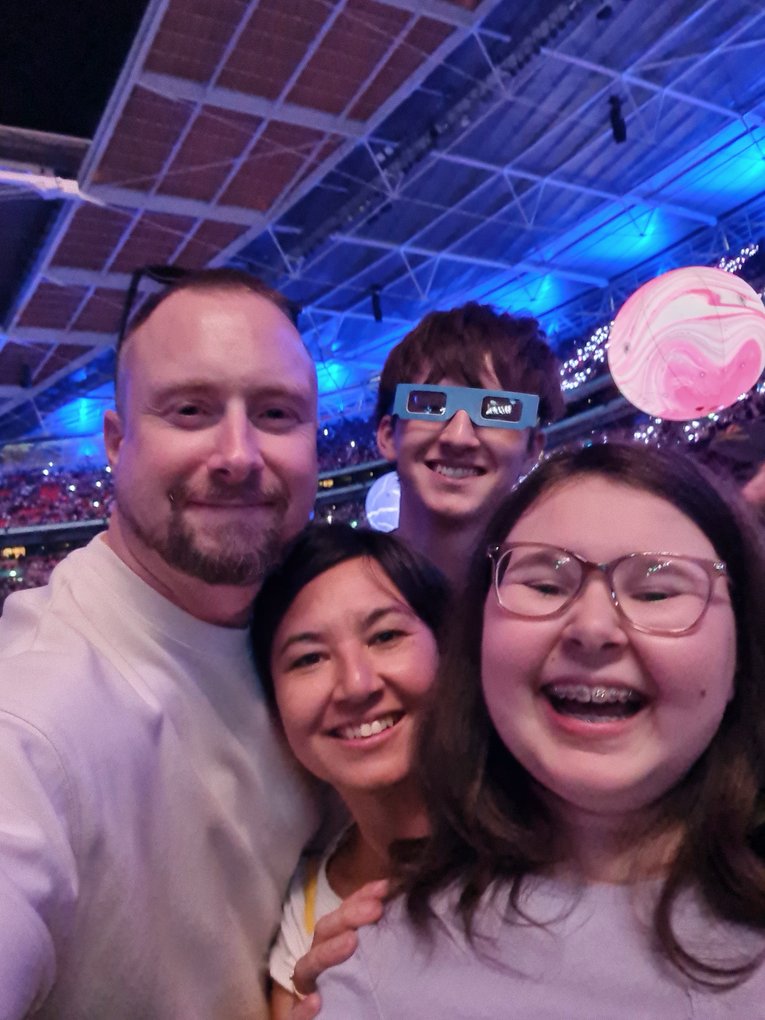
https://www.gosh.nhs.uk/news/new-technique-makes-heart-transplant-possible-for-more-children-in-need/
New technique makes heart transplant possible for more children in need
18 Oct 2021, 1 p.m.
Ten-year old Lucy made history in 2020 as the oldest person in the world to receive a ‘mismatched heart’, thanks to a new technique developed by British Heart Foundation funded researchers at Great Ormond Street Hospital.
Giving older children the chance of a new heart
A new technique developed by researchers funded by the British Heart Foundation (BHF) at Great Ormond Street Hospital for Children (GOSH) and the UCL Institute of Cardiovascular Science (UCL ICS) has doubled the number of children able to receive a heart transplant, giving them new hope of a longer and healthier life.
Right now, around 50 children are waiting for a heart transplant in the UK but small hearts are hard to find as the donated heart needs to come from a child roughly the same size. The agonising wait to find out if a suitable heart is available for an urgent transplant is over twice as long for children and babies - an average wait of 88 days compared to 35 days for an adult, while children deemed ‘non-urgent’ will wait over a year, on average.
Over the last 20 years, doctors have increased the number of organs available to children needing a heart transplant by using donor ‘ABO-incompatible’ hearts, where the donated heart doesn’t have the same blood type as the child receiving the transplant.
However, to ensure the ‘mismatched’ heart isn’t rejected, the child’s blood is removed and their circulation is ‘washed out’ with a blood type that matches the donated heart. This requires three times as much new blood as is being replaced, limiting this type of heart transplant to small children who weigh up to around 15 kg, or are just four years of age.
Innovating heart transplant technology

Now, Dr Richard Issitt and his team at GOSH and UCL ICS, have found a way to use a special blood filtering device - called an immunoadsorption column – during the transplant operation to reduce the amount of blood needed and allow older children to receive the transplant they desperately need.
The device removes the mismatched antibodies in the blood that can lead to transplant rejection and is added into the heart and lung machine used to support the child during surgery. This machine keeps their blood flowing, delivering vital oxygen and nutrients throughout their body until the new heart is in place.
By filtering out the specific antibodies, the child’s blood doesn’t need to be completely removed and replaced. This consequently halves the amount of donated blood required during the transplant itself and in the intensive care unit afterwards, allowing larger, older children to have an ‘incompatible’ transplant – making them more likely to be matched with a suitable heart.
Read more about this research in The Journal of Heart and Lung Transplantation.
Successful treatments
The team have now performed the ABO-incompatible heart transplant with the new antibody filtering device on 10 children, and compared their outcomes to 27 children who had the standard ABO-incompatible heart transplant technique, where all blood was removed and replaced. All of the children who had a transplant using the new device survived, there was no need for re-transplantation and there was no difference in the length of hospital stay.
The oldest child to receive a transplant using this technique was eight-year-old Lucy, who was double the age of the oldest child treated previously.

Ten year old Lucy one year after her heart transplant.
Lucy was born with a congenital heart defect, but it wasn’t diagnosed until she was around 18 months old – she was regularly ill and her family couldn’t get to the bottom of it. After being diagnosed with left ventricular non-compaction cardiomyopathy – a condition that meant she had a weakened heart and put her lungs at risk – she slowly began to decline. By 4 years old, when Lucy was just about to start school, she had a seizure and was referred to Great Ormond Street Hospital and the transplant team. It was a long wait in limbo, but Lucy finally got a new heart in April 2020 – right in the middle of a global pandemic.
It was a massive shock to be told that she needed a transplant as she didn’t seem that ill. But when Lucy started school, I would still have to take her in a pushchair, and eventually a wheelchair - she was just too tired to walk even short distances from the car park. She couldn’t do PE at school, go on trampolines or things that other kids her age were doing.
“Since the operation, she’s been so eager to try everything and catch up with her big sister, Freya - she’s missed out on a normal childhood. We’ve had an amazing summer – she’s been to trampoline parks she’s never been able to go to, jumping around like never before.
“It’s the simple things that make me well up – the other day she just ran ahead of me like any child would and she’d never done that. The other day she said “I don’t feel left out any more” and that’s all you really want as a parent, isn’t it?”
“I think about the donor and their family a lot. It is incredible that a family made such a decision at the most devastating time. We are so very grateful for the gift and are determined for Lucy to live her life to the full, she has a second chance at life and no words can fully convey how amazing that is and how grateful we are.”
“Even after 3 ½ years on the transplant waiting list, she was only able to get the heart because of this new research. I dread to think how much longer we would have waited without it.”
The BHF awarded Dr Richard Issitt over £390,000 for this research, which is published in the Journal of Heart and Lung Transplantation. An earlier grant of around £27,000 from Great Ormond Street Hospital Children’s Charity allowed the team to undertake the initial laboratory testing that led to the successful incorporation of the technique into clinical practice.

The Heart and Lung machine used to treat Lucy
This is a major advance in child heart transplantation, providing hope to more children who desperately need a new heart to survive. Less than 60 years ago heart transplantation was seen as an as impossible dream. Since then, research has turned this dream into a reality for thousands of people across the UK. Lucy’s story perfectly shows the power of our research to save and improve lives – we’re absolutely thrilled to see her bounce along with her new heart. We hope this research will give many more children the same chance.
Future research plans
The team are now exploring ways to allow children who have heightened immune systems - which make finding a suitable heart almost impossible - to have the chance of receiving a transplant that they desperately need.

NIHR launches £13.7m investment into brain tumour research
The National Institute for Health and Care Research (NIHR) has announced a £13.7 million investment that will support ground-breaking research to develop novel brain tumour treatments in the UK.

New consortium aims to help improve care for arthritis patients
A new UK-led research group, including Great Ormond Street Hospital and University College London, aims to improve the lives of children, young people and adults with arthritis by defining for the first time what being in ‘remission’ from arthritis truly

‘Ready-made’ T-cell gene therapy tackles ‘incurable’ T-Cell leukaemia
A groundbreaking new treatment using gene-edited immune cells, developed at GOSH and UCL has shown promising results in helping children and adults fight a rare and aggressive cancer

GOSH manufactures new gene therapy for rare condition
A specialist laboratory team based at Great Ormond Street Hospital have manufactured a new gene therapy to treat a baby with the rare genetic condition, Hunter Syndrome.
